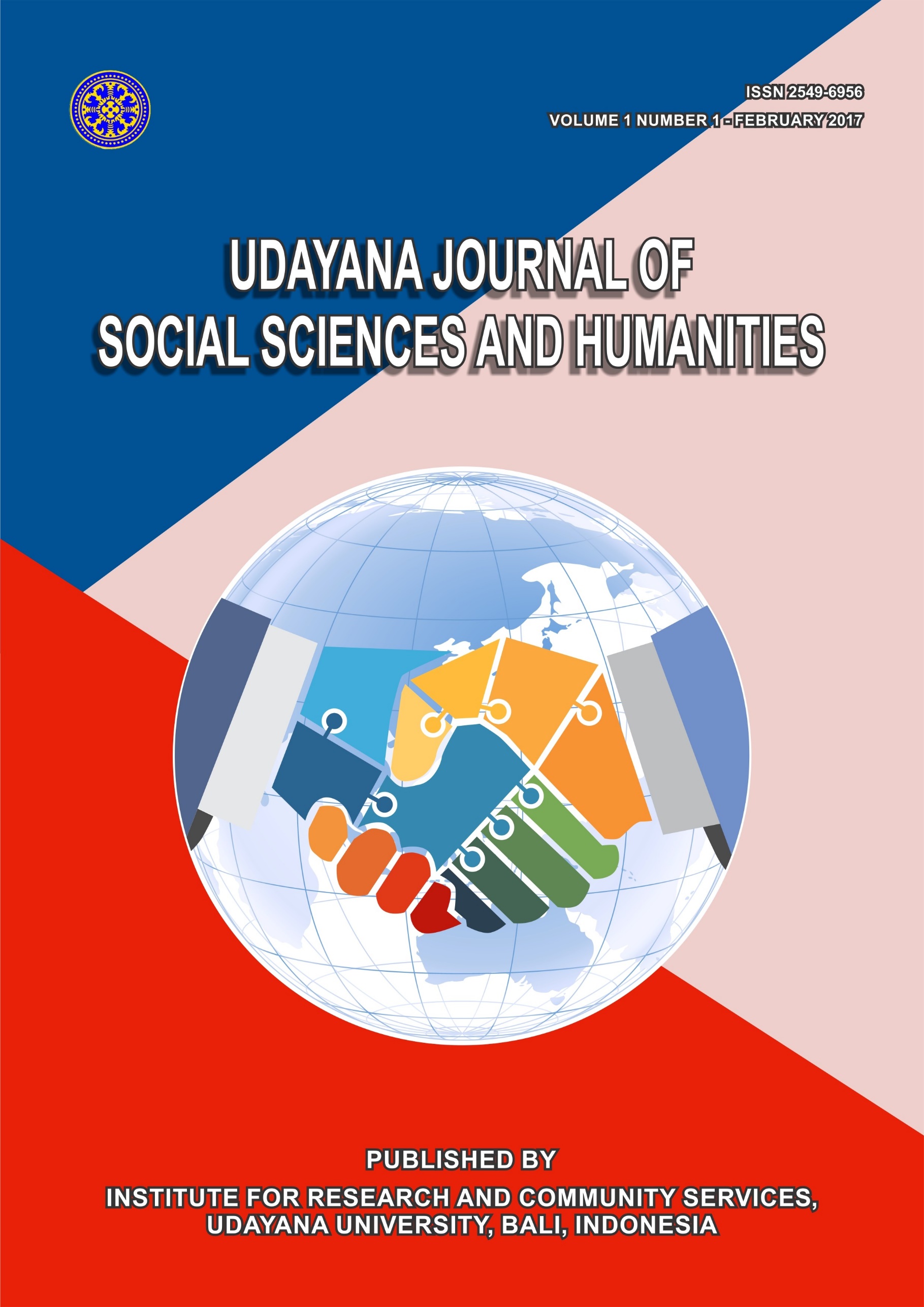The Heritage Structure of Sanskrit Compound in Old Javanese Language: A Contrastive Linguistics Study
Abstract
Sanskrit and Old Javanese language are not cognate language. In a language comparative study, the language that has no geneologis relationship could be analyzed contrastively. In typological morphological, Sanskrit is classified into flective language, while the Old Javanese language is classified agglutinative languages. The aim of this writing is to describe and explain the grammatical process of Sanskrit compound word that orbed into Old Javanese. The data tabulation belonging to the compound words were analyzed explanative descriptively according to the nature of the data and the methods and techniques that relevant to the object of study. The methods and techniques used were framed into three stages, namely the data providing, data analysis, and presenting analysis. The theoretical basis of language comparison is similarity or semblance of form and meaning. Based on the analysis, the compound word in Old Javanese language largely derived from the Sanskrit in free base form or derivation form. The forms are borrowed intact and some are accompanied by grammatical processes in the Old Javanese. The similarity and resemblance of these forms are inherited as a loan. The Old Javanese compounding process has the structure: Sanskrit + Sanskrit, Sanskrit + Old Javanese, Old Javanese + Sanskrit. Grammatical processes that occurred are affixation appropriate rules of Old Javanese.






